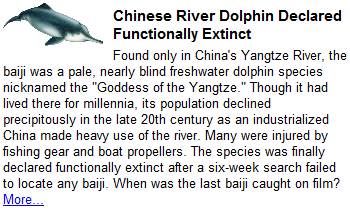UNITED NATIONS, June 24 (PTI): India is the highest consumer of heroine in South Asia and also appears to be producing its own opium poppy, which is the raw material for heroine, according to the latest report of the United Nations Office on Drugs and Crime (UNODC). Of the opium that is not converted into heroin, two-thirds is consumed in five countries: Iran (42 per cent), Afghanistan (7 per cent), Pakistan (7 per cent), India (6 per cent) and Russia (5 per cent).
India consumed 17 metric tonnes (mt) of heroine in 2008 and current opium consumption is estimated at some 65-70 mt per year. The opium consumed in India does not appear to come from Afghanistan, which is the largest producer of opium. In 2008, approximately 2,700 mt of Afghanistan's opium were refined into an estimated 380 mt of heroin to supply the global market. Placing a distant second is Myanmar and the Lao People's Democratic Republic production which yielded some 40 mt of heroin in 2008 - processed in Myanmar. The UN report stated that information provided by the Indian government indicated that foreign-sourced opium has neither been seized nor reported as trafficked into India.
"Consequently, such a consumption level (6 per cent of the estimated global total) would require the illicit cultivation of some 1,500-2,000 hectares of opium poppy on Indian territory," it said. Another possibility as a source of opium was the diversion from licit cultivation but the UN noted that this was unlikely because the limited size of licit cultivation (6,000 hectare in 2009) and the Indian authorities claim to be in control of this production. Opium is being increasingly consumed in India's neighbouring countries such as Bangladesh and Nepal. But neither Afghanistan nor Myanmar appears to be the source of the contraband. Recent field research has confirmed the existence of (limited) illicit opium poppy cultivation in Nepal, as well as in the border areas of Bangladesh and India.
The estimated amount of heroin consumed in Bangladesh amounts to 4 mt in 2008, and Nepal's heroin consumption has also increased to around 800 kg. According to official reports from the governments of Nepal and Bangladesh, almost all the heroin consumed in those countries originates in India. The UN recommended in-depth heroin consumption and trafficking study to be carried out in India. The report highlighted that the lack of accurate and current information on the prevalence of opiate use among the general population in India did not allow a determination of the number of users.
In a national survey in 2001, a high prevalence rate was observed among Indian males (monthly prevalence rate of 0. 7 per cent among the male population, aged between 12-60 years old), but the lack of information on female opiate use prevents the calculation of reliable prevalence rate. The report also noted that there was a rise in cannabis use in the region over the past year but the two most populated countries in Asia - China and India - did not have estimates of cannabis users among the general population. A survey carried out in India in 2001 estimated a monthly prevalence rate of cannabis use at 3 per cent of the male population (aged between 12-60). However, the lack of information on cannabis use among females prevents an accurate estimate of the prevalence rate among Indians.


No comments:
Post a Comment